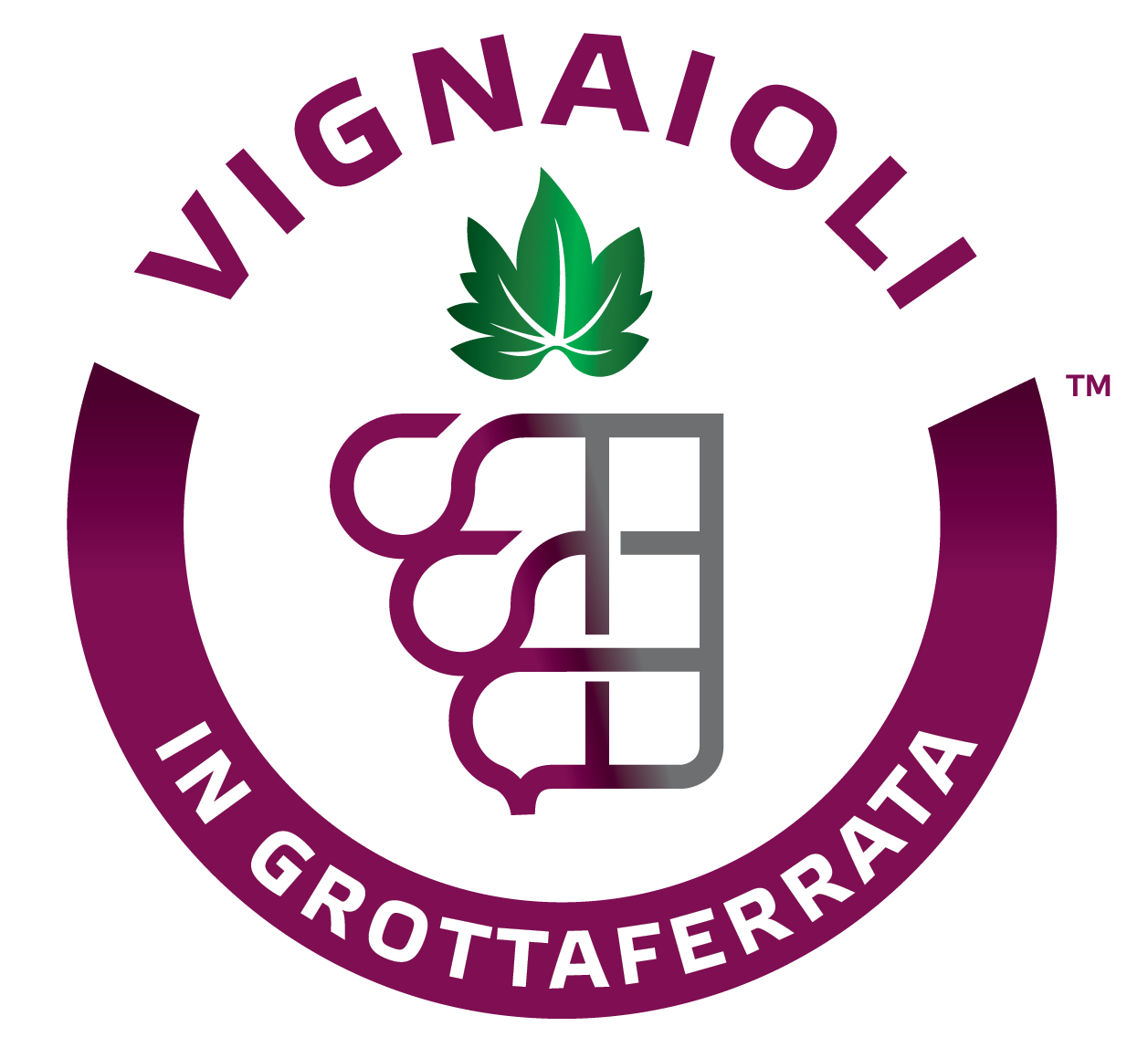
Let's talk
info@yourwebsite.com
+1 (555) 123-4567
Let's talk
info@yourwebsite.com
+1 (555) 123-4567
THE TERRITORY
The Grottaferrata territory is particularly suited for wine production: a unique terroir, a combination of soils, climate, history and tradition that creates the perfect conditions to produce excellence. In order to fully understand the value and the potential of its wines, it is important to describe the unique characteristics and telle the story of its territory.
Wine can be perceived as a piece of art and like any piece of art you can fully appreciate it when it is put into context: in an historical period which is fruit of its past, in a specific place, in a particular social context made up of traditions, unique habits and customs. Grottaferrata's territory was effected by the activity of the Vulcano Laziale for over 600.000 years, until relatively recently from a geological point of view, 20.000 years ago.
The hill of Castel de’ Paolis is particularly lavish, composed by final eruptive episodes, pyroclastic explosion breaches. The bottom of the valley, dug by the Acqua Marciana marana, is a densely stratified area, with lapilli of various colours with ash intercalations, clayey areas, rich in isolated mafic minerals and abundant analcimized leucite. The sides of the same valley and the heights of Borghetto di Grottaferrata, are an area of lava on masses. The last heights of Grotte Centroni and all the area of the northern borders towards Frascati are areas characterized by large lava flows. The hill near Villa Cavalletti is classified as an area rich of cones and eccentric eruptive vents, lava deposits, scoria, agglomerates and stratified lapilli.
They are unique soils, the result of volcanic eruptions that have occurred over the centuries, that have formed a stratified terrestrial substrate, precious for the agriculture and the viticulture in particular, because they guarantee the production of fresh, tasty, mineral, long-lived wines.